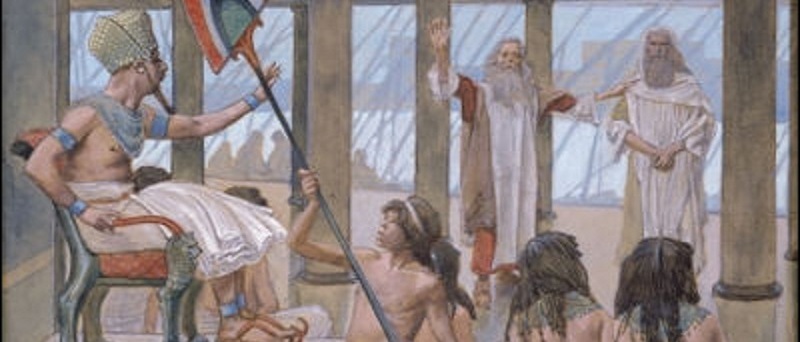Egyptian Government
Posted on 22nd December 2020
Pharaoh was the ultimate ruler in Egypt, he owned everything including land, food, clothes, animals, people, jewellery and buildings; there was however still a government structure.
During the early, middle and later kingdoms of Egypt, this structure did not change greatly but the Pharaoh would give more power to government at certain times and limit it at other times when he thought he might be losing overall control.
Vizier - The primary leader of government and the Overseer of the land. All other government officials reported to the Vizier, he in turn reported directly to Pharaoh as his second in command.
Nomarchs - Local governors who ruled over individual Nomes (districts). There were two ways in which to secure the position of Nomarch; it could be handed down from father to son or Pharaoh could appoint you to the position.
Other government officials included:
Chief Treasurer
Minister of Public Works
Army Commander
Overseer
Scribes
Their tasks included:
Collecting taxes
Maintaining the Police Force
Maintaining the Army
Keeping State Records
Building monuments and temples
Monitoring food and granaries
Legal System – Based on right and wrong. There were 2 courts, Lower Court and High Court.
Lower Court - Managed by local town elders who dealt with straightforward cases.
High Court - Managed by the Vizier who would hear the case and act as judge. Pharaoh, however was the supreme High Court judge and had ultimate right over the sentence.
If a case was seen in Lower Court, but you were unhappy with the decision, you could request to also be seen in High Court, but only if you could provide evidence that the decision in Lower Court was wrong. This was a dangerous decision to make as it was known for the Vizier to impose a stricter sentence than was given in Lower Court. Once a case was seen in High Court; this was the final decision.
Tagged as: Junior Ancient Egypt
Share this post:





